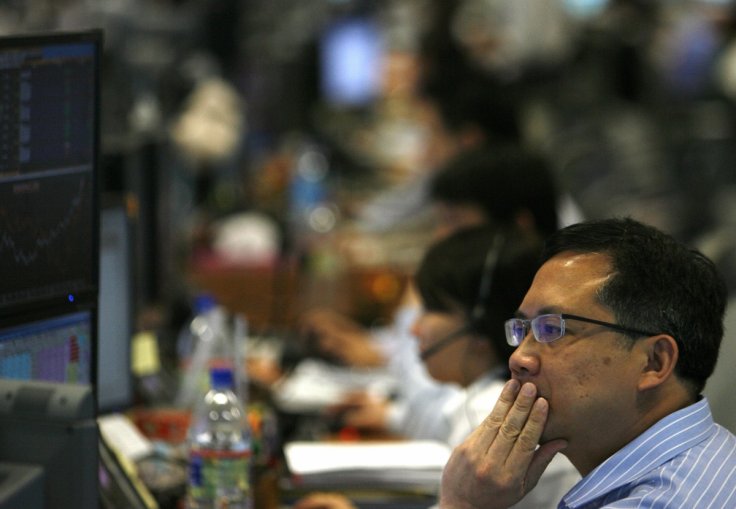
Asian shares went flat on Thursday as uncertainty over the outlook for both U.S. interest rates and the chance of global fiscal stimulus sucked the life out of markets.
Moves were miniscule, with MSCI's broadest index of Asia-Pacific shares outside Japan off 0.2% in very light volumes.
Japan's Nikkei added 0.1%, as did Shanghai blue chips. E-Mini futures for the S&P 500 dipped 0.04%, while EUROSTOXX 50 futures eased 0.09%.
Wall Street had been saved by surprisingly upbeat results from retailers, which sent Target Corp surging 20% and Lowe's Cos Inc up 10%
The Dow ended Wednesday up 0.93%, while the S&P 500 rose 0.82% and the Nasdaq 0.90%.
Less welcome were minutes of the Federal Reserve's July meeting, which showed policymakers deeply divided over whether to cut interest rates, but united in wanting to signal they were not on a preset path to more easing.
Indeed, while a "couple" of Fed members favored a deeper cut of half a point, "several" favored no change at all.
That reluctance did not seem to gel with the market's aggressive pricing for more than 100 basis points of easing by the end of 2020.
Treasuries were sold in response and two-year yields were left at 1.58%, compared with last week's low of 1.467%.
"The key message from the Fed minutes is that the 25 basis-point cut in July was just a calibration, a mid cycle adjustment and not the start of a new easing cycle," said Rodrigo Catril, a senior FX strategist at National Australia Bank.
Hopes for U.S. fiscal stimulus also got a knock when President Donald Trump reversed course and said he was not looking at cutting payroll taxes.
SECOND-GUESSING POWELL
Much now depends on how dovish Fed Chair Jerome Powell chooses to be in his Jackson Hole speech on Friday.
"The most sensitive comments will revolve around whether Powell is willing to reaffirm a view that the easing cycle is a 'mid-cycle adjustment' or align more closely to market thinking," said Alan Ruskin, macro strategist at Deutsche Bank.
"If he sticks to the old language as is most likely, it would affirm that he is still confident that the strength of consumption, in combination with modest Fed easing, will be sufficient to keep the recovery broadly on track."
That would be more hawkish than expected and would likely lift the dollar further, he said.
The dollar had already bounced overnight, and was last at 98.247 against a basket of currencies from a low of 97.948. It also reached 106.50 yen from Wednesday's trough of 106.21.
The euro edged back to $1.1089 from a top of $1.1107, not helped by a gloomy economic outlook from Germany's finance ministry.
A range of manufacturing surveys from across the globe are due later on Thursday and risks are they will show a further slowdown in activity, especially in Europe.
Japan's flash PMI showed factories and exports remained subdued in July, though service activity expanded at the fastest pace in almost two years.
Also due are minutes from the European Central Bank's last policy meeting and markets are looking for more detail on exactly when and how aggressively it might ease policy.
In commodity markets, spot gold drifted off to $1,501.50.
Oil prices firmed after U.S. government data showed a drawdown in domestic crude stocks.
Brent crude futures rose 2 cents to $60.32, while U.S. crude gained 7 cents to $55.75 a barrel.








